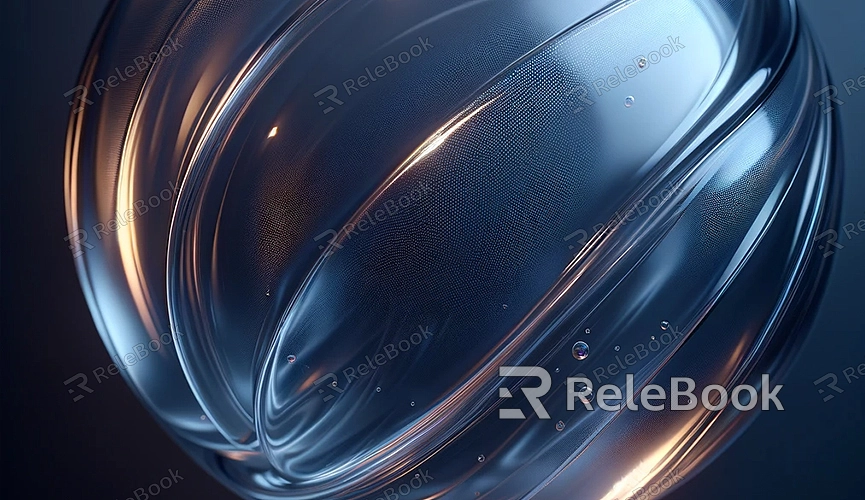Can You Make 3D Models in Unity?
As a widely used game engine, Unity not only supports powerful game development features but also can be used for creating 3D models. Although Unity's main functionality is for creating and managing game content, with some plugins and tools, you can also make 3D models in Unity. This article will introduce how to make 3D models in Unity and provide some useful tips and advice.
Preparation
Before starting to create 3D models, you need to install Unity and ensure that it is the latest version. You can also install some plugins that help with modeling, such as ProBuilder and Polybrush. These plugins can greatly simplify the modeling process and provide more modeling tools.

Using ProBuilder to Create Basic Geometry
1. Install ProBuilder: Open Unity, go to the "Window" menu, select "Package Manager". In the Package Manager, search for "ProBuilder", then click "Install" to install it.
2. Create a New Object: After installation, go to the "Tools" menu, select "ProBuilder" -> "ProBuilder Window". In the ProBuilder window, click the "New Shape" button, then choose the basic geometry you want to create, such as a cube, cylinder, or sphere.
3. Edit Geometry: After creating the basic geometry, you can use the tools provided by ProBuilder to edit the shape of the object. You can move, scale, and rotate vertices, edges, and faces to create complex geometric shapes.
Using Polybrush for Detail Modeling
1. Install Polybrush: Similarly, in the Package Manager, search for "Polybrush", then click "Install" to install it.
2. Use Polybrush to Paint Details: After installation, go to the "Tools" menu, select "Polybrush" -> "Polybrush Window". In the Polybrush window, you can choose different brush tools to sculpt, paint, and adjust details of the model.
3. Add Textures and Materials: Polybrush can not only be used for geometric detail modeling but also for painting textures and materials. You can choose different materials and then use brush tools to apply them to the surface of the model.
Importing External 3D Models
If you have more complex modeling needs, you may need to use professional 3D modeling software such as Blender or Maya to create models, then import them into Unity.
1. Create or Download 3D Models: Create your 3D models in Blender or Maya, or download ready-made 3D models from the internet.
2. Export Models: Export the models in FBX or OBJ format. These formats are common 3D model formats supported by Unity.
3. Import into Unity: In Unity, right-click on the "Assets" folder, select "Import New Asset", then choose your exported 3D model file. After importing, the model will appear in the Project window, and you can drag it into the scene to use it.
Optimizing 3D Models
1. Reduce Polygon Count: To ensure smooth performance of the model in the game, try to reduce the polygon count of the model. You can use optimization tools in modeling software to reduce polygons.
2. Use LOD (Level of Detail): Create different levels of detail (LOD) for the model, and automatically switch the level of detail based on distance to improve performance.
3. Optimize Textures and Materials: Use appropriate texture resolutions and compression formats to reduce memory usage and improve rendering speed.
Making 3D models in Unity may not be as comprehensive as professional modeling software, but with tools like ProBuilder and Polybrush, you can do basic modeling work. In addition, importing 3D models created in external modeling software into Unity is a common and efficient method. Hopefully, through this article, you will have a better understanding of how to make 3D models in Unity and apply them to your game development. If you need high-quality 3D textures, HDRI, or 3D model downloads while creating models and virtual scenes, you can download them from Relebook and directly import textures and 3D models into your project.

